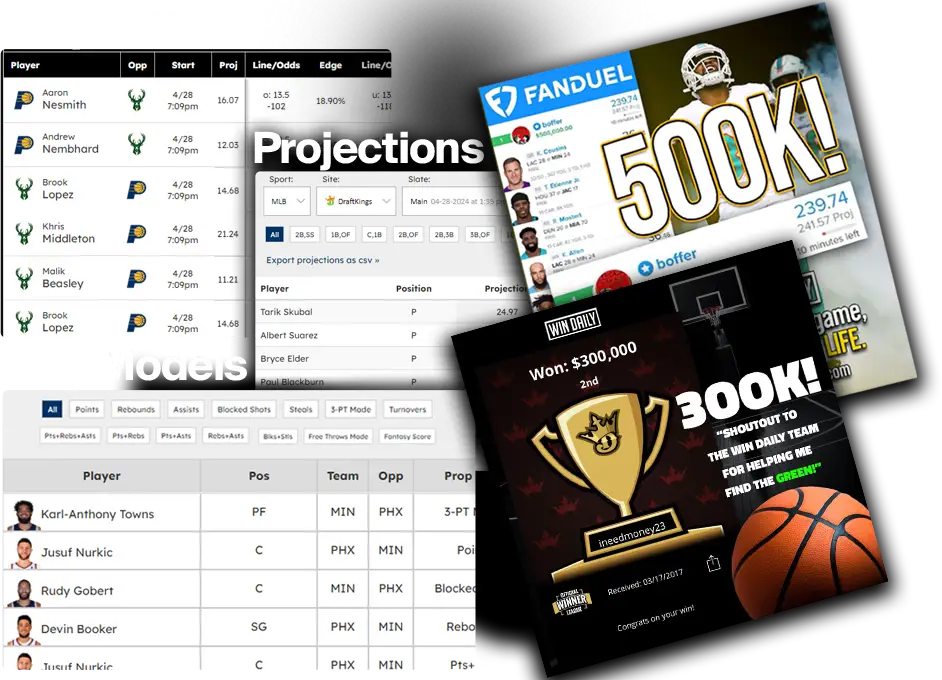Predictive analytics leverages data and statistical models to forecast future events, and it can be a powerful tool for NFL betting. By analyzing past performance, player statistics, and various other factors, predictive analytics can help bettors make more informed decisions. Here’s a comprehensive guide on how to use predictive analytics to enhance your NFL betting strategy:
Understanding Predictive Analytics
- Predictive Analytics: The process of using historical data, statistical algorithms, and machine learning techniques to identify the likelihood of future outcomes.
Applications in NFL Betting
- Forecasting game results.
- Predicting player performance.
- Analyzing trends and patterns in team and player statistics.
Key Components of Predictive Analytics in NFL Betting
Data Collection
- Historical Data: Past game results, player stats, team performance metrics.
- Current Data: Recent player injuries, team changes, game conditions.
- Advanced Metrics: Metrics like DVOA (Defense-adjusted Value Over Average), PFF grades (Pro Football Focus), and EPA (Expected Points Added).
Statistical Models
- Regression Analysis: Used to predict outcomes based on historical data and various predictors.
- Machine Learning Algorithms: Techniques such as decision trees, random forests, and neural networks that can uncover complex patterns and relationships in data.
- Simulation Models: Monte Carlo simulations to model different game scenarios and their probabilities.
Data Integration
- Combining Metrics: Integrating various metrics, such as team efficiency, player performance, and game conditions, to create a comprehensive model.
- Real-Time Updates: Incorporating live data to adjust predictions and strategies as game conditions change.
Implementing Predictive Analytics for NFL Betting
Building Your Model
- Select Relevant Variables: Choose metrics and data points that are most likely to influence the outcomes you’re betting on, such as passing efficiency, rushing yards, or defensive strengths.
- Train the Model: Use historical data to train your model, allowing it to learn patterns and make predictions.
- Test and Validate: Evaluate the model’s accuracy using a separate dataset to ensure its reliability.
Using Predictions
- Forecast Game Outcomes: Apply your model to predict the outcomes of individual games, including point spreads, totals, and moneylines.
- Analyze Player Props: Use predictive models to forecast individual player performances, such as rushing yards or passing completions.
- Identify Trends: Spot trends and anomalies in the data that might indicate value bets or opportunities.
Strategies for Leveraging Predictive Analytics
Trend Analysis
- Historical Performance: Analyze past performance trends to identify patterns and predict future results.
- Game Context: Consider the context of games, such as home/away factors, divisional matchups, and playoff implications.
Advanced Metrics Usage
- DVOA: Use DVOA to evaluate team efficiency and performance relative to the league average.
- PFF Grades: Leverage Pro Football Focus grades to assess individual player performance and team strengths.
- EPA: Utilize Expected Points Added to understand the impact of plays on game outcomes.
Combining Predictive Analytics with Other Insights
- Expert Opinions: Supplement predictive analytics with insights from industry experts and analysts.
- Historical Data: Combine predictive models with historical betting data to refine your strategies.
Tools and Resources for Predictive Analytics
Software and Platforms
- Statistical Software: Tools like R, Python, and MATLAB for building and analyzing models.
- Betting Tools: Platforms such as WinDailySports.com that offer analytics and tools to support your betting strategies.
Data Sources
- Sports Data Providers: Sources like ESPN, NFL.com, and various sports analytics sites for up-to-date and historical data.
- Custom Data Feeds: Consider using custom data feeds that offer specific metrics and insights tailored to your predictive models.
Common Challenges and Considerations
Data Quality
- Accuracy: Ensure the data you use is accurate and reliable to avoid misleading predictions.
- Completeness: Use comprehensive datasets that include all relevant factors affecting game outcomes.
Model Limitations
- Overfitting: Avoid overfitting your model to historical data, which can lead to poor performance in future predictions.
- Changing Dynamics: Be aware of changing team dynamics, such as injuries or roster changes, that can impact predictions.
Responsiveness
- Real-Time Adjustments: Be prepared to adjust your model and predictions based on real-time developments and new information.
Conclusion
Predictive analytics offers a sophisticated approach to NFL betting by utilizing data-driven insights to forecast game outcomes and player performances. By building robust models, leveraging advanced metrics, and integrating real-time data, you can enhance your betting strategy and potentially gain a competitive edge. Always combine predictive insights with other betting strategies and maintain responsible bankroll management to optimize your betting experience.






